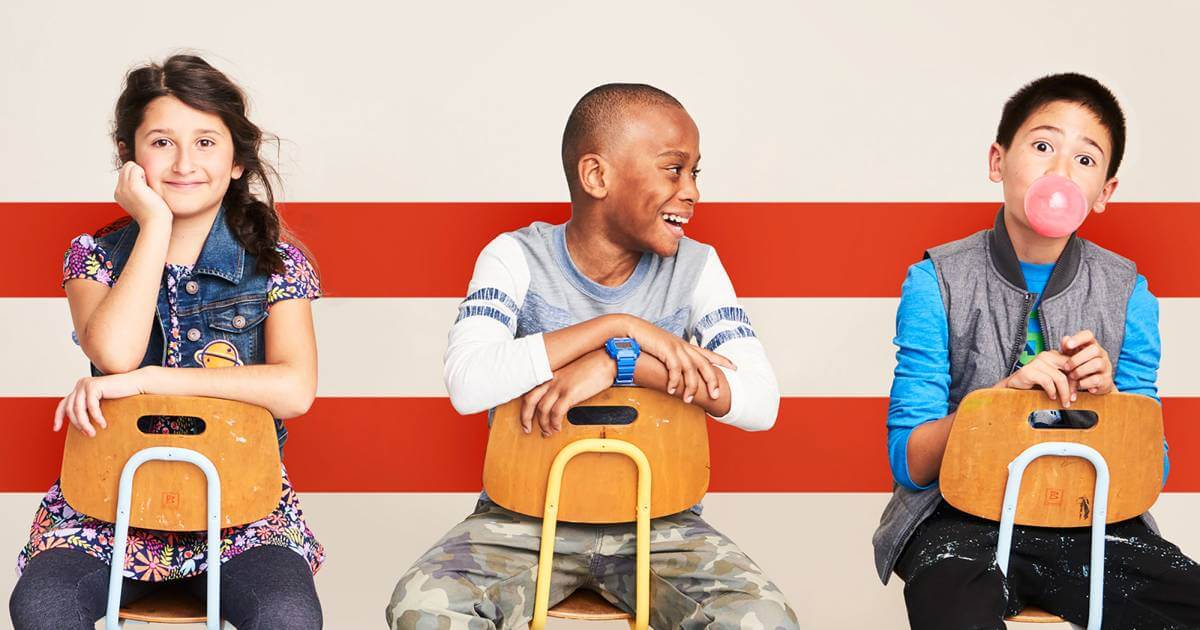Amid Excess Inventory, Private Label Sees Scrutiny

With retailers saddled with inventory—a large portion of which is their own brands—will private labels continue to make the cut?
For most of the past six years, retailers large and small have been building a private label business. Target alone owns 48 brands, 10 of which have $1 billion or more in annual sales (including its Cat & Jack childrenswear brand).
Yet the shift toward private label has historically been cyclical. In times of excess inventory, retailers have switched their focus to national or exclusive brands. Because while private labels provide greater control over product development and manufacturing, they are also costly when the supply chain goes awry.
For example, Bed Bath & Beyond—which focused on private labels under former CEO Mark Tritton—recently moved to return to national brands. That will be an abrupt change for the chain, which as recently as December had private labels on seven of 25 products in its holiday gift guide.
“Our offerings and brands need better balance to what our customer wants and our inventory position needs refinement,” said Bed Bath & Beyond interim CEO Sue Gove. “While we have been working to address these areas of focus, some have been effective and others have not. Owned brands have a place in our assortment, particularly with the introduction of new opening price points within a label like Simply Essential. We must stabilize the company’s supply chain, reduce costs, lower inventory, and strengthen the balance sheet.”
The amount of money retailers have invested in private labels during this current cycle dwarfs previous efforts, however, and there seems to be little turning back.
Macy’s hired Emily Erusha-Hilleque, a Target private label veteran, to focus on its owned-brand strategy and 24 private labels generate 20% of the department store chain’s annual revenue. Designer Brands, which owns DSW Designer Shoe Warehouse and The Shoe Company, aims to reach $4 billion in annual sales by 2026, with private labels accounting for 33% of the business, (up from the current 19%), CEO Roger Rawlins said. And Foot Locker, which recently lost distribution of the Nike brand, responded by adding Lckr, an in-house apparel brand, as well as Cozi, its first womenswear brand.
“The categories that are weak right now tend to over-index in private label,” said Stephanie Wissink, managing director at Jefferies. This includes home goods and apparel. “But based on what we are hearing, there isn’t any change in strategy. If you looked at the macro data, private label is actually gaining share relative to national brands at this point. You have the force of excess inventory in private label, but then you have an underlying macro trend [of inflation] that pushes the consumer toward value versus brand. At the end of the day, it may be a wash.”
Considering the current state of excess inventory, some national brand suppliers support this shift back to national brands.
Helen of Troy, which sells products under licensed brands like Braun (thermometers), Vicks (humidifiers), and Revlon (hair dryers and other beauty products), “strongly encourages” Bed Bath & Beyond’s shift back to national brands, said CEO Julien Mininberg.
“They had overswung towards private label and didn’t have their assortment right,” Mininberg said. “We’ve had those conversations with them for some time and we not only agree but encourage them to follow through with” a return to emphasizing national brands.
In addition to national brands, there’s a middle ground where retailers get an exclusive on licensed brands that also can serve as quasi-private labels. For example, Ross Stores has an exclusive for bedding with Pem America on the licensed Rocawear and Fubu brands.
“It’s sort of a middle ground where you have exclusivity of a private label, but none of the exposure for inventory should the product sales fall short,” a licensing executive said. “I don’t think you will ever again see the cyclicality that once existed between licensed and national brands and private label, but there may be some moderation.”




